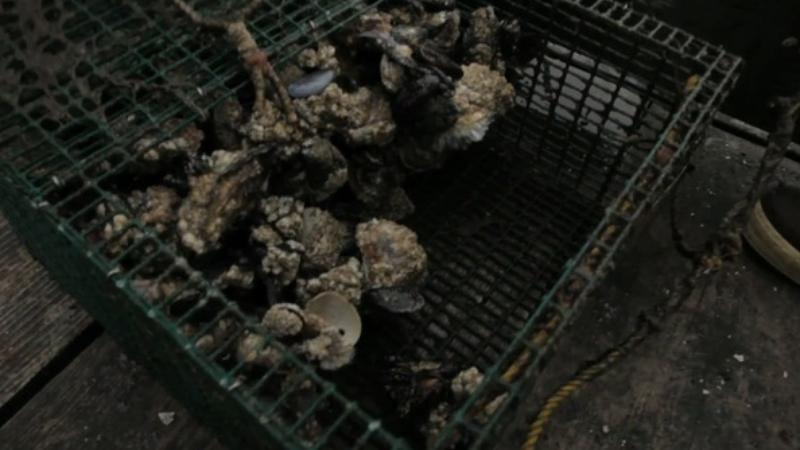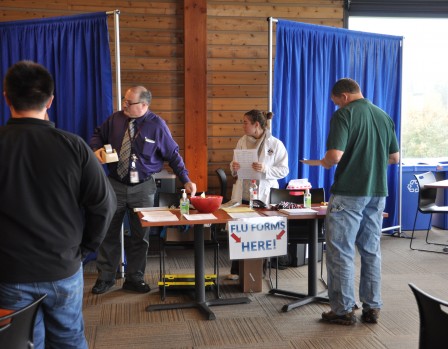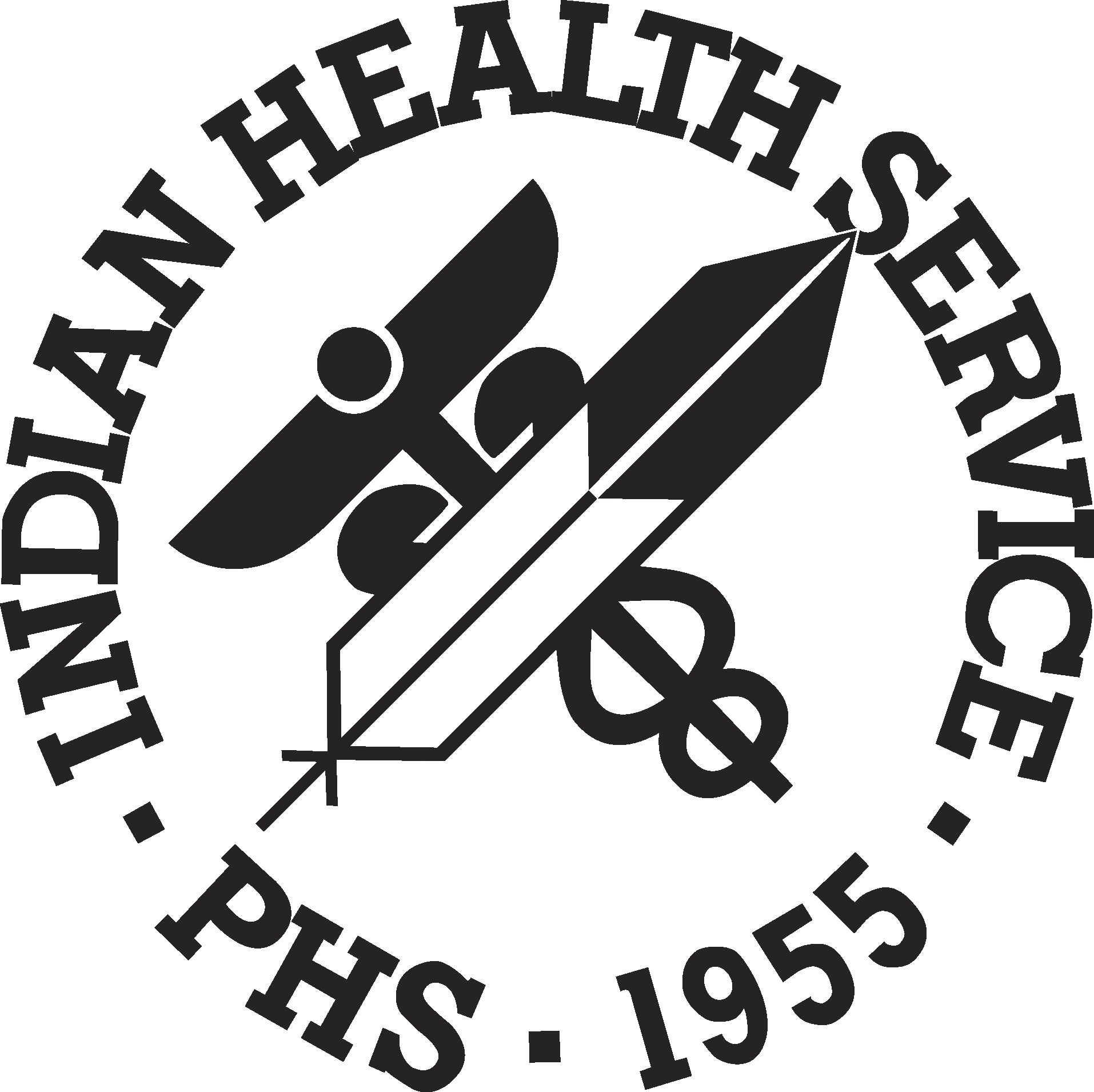The highest court says there’s not enough evidence to warrant taking a second look at marijuana’s Schedule I status.
By Katie Rucke, Mint Press News
Despite a dramatic increase in public support for marijuana legalization in the U.S., the federal government doesn’t appear to be budging on decriminalization, legalization or “downscheduling” the substance anytime soon.
Last week the U.S. Supreme Court had the opportunity to review and reverse a ruling from a lower court that upheld the federal government’s current classification of marijuana as a Schedule I substance, but the high court declined to do so.
The ruling in question was issued this past January by the U.S. Court of Appeals for the District of Columbia, which ruled that the U.S. Drug Enforcement Administration (DEA) was in the right when it rejected a petition to conduct a scientific review of marijuana’s safety and therapeutic efficacy.
The D.C. Court of Appeals said that the DEA was correct in its assertion that an insufficient number of clinical studies exist to “warrant a judicial review of cannabis’ federally prohibited status,” which the U.S. Supreme Court agreed with.
But as marijuana legalization advocate Russ Belville pointed out in an article for High Times, the court’s ruling is more about whether or not the DEA was following its own rules than whether or not marijuana should be rescheduled.
Currently marijuana is classified as a Schedule I substance, meaning that the U.S. government does not recognize a valid use of marijuana at any time — even for medical purposes — and believes marijuana is highly addictive, has a high potential for abuse, and functions as a gateway drug. Other Schedule I substances include heroin and phencyclidine (PCP).
Moving marijuana to a lower classification such as Schedule V would mean that marijuana had known health benefits and was not likely to be abused as much as other drugs.
“The DEA requires we show real, FDA-approved research proving marijuana is medical, safe and non-addictive, and since the DEA won’t let that research happen, there is nothing forcing them to change the scheduling of cannabis,” Belville wrote.
“But what about the 19,000+ published studies on cannabis’ medical benefits? The federal government patents on the medical effects of cannabinoids? The four surviving federal medical marijuana patients still receiving U.S. government-grown schwag? The 20 states with medical marijuana and the millions who are living testament to marijuana’s medical miracles?”
Each year the U.S. spends about $40 billion fighting the war on drugs, even though no one has ever died from consuming or smoking too much marijuana.
Since a large percentage of the DEA’s money comes from drug sting operations, specifically marijuana trafficking, many marijuana advocates have questioned whether the DEA opposes legalization simply because they don’t want to lose that income. According to a report from Americans for Safe Access, a medical marijuana patient advocacy group, each raid costs taxpayers around $17,000.
State vs. federal law
Since 1996, 20 states have legalized marijuana for medical use, and last year two states — Washington and Colorado — legalized recreational use of the drug, creating a direct conflict between state and federal law.
Though some lawmakers such as Sen. Patrick Leahy (D-Vt.), chairman of the Senate Judiciary Committee, have pushed for the passage of federal legislation that would allow states to legalize marijuana for medical or recreational use, citing a waste of taxpayer and law enforcement resources, most lawmakers have been rather passive toward the legalization issue.
The Obama administration has been quiet in its stance on marijuana legalization, even though during his 2008 bid for the White House Obama indicated he would not crack down on medical marijuana users.
But in an interview with Mint Press News, Allen St. Pierre, executive director of the National Organization for the Reform of Marijuana Laws (NORML), a marijuana legalization advocacy group, said the federal government has continued to raid large-scale marijuana retailers around the country, and as of November 2012, Obama had shut down more dispensaries that President George W. Bush did in his eight years in office.
However, in response to the passage of the legalization legislation in Colorado and Washington, the U.S. Department of Justice (DOJ) announced last month that it had decided to defer its legal right to challenge the marijuana legalization laws and would not file a lawsuit against either state for failure to follow the laws under the federal Controlled Substances Act — at least for now.
As Mint Press News previously reported, the DOJ’s announcement made it clear that both states would be allowed to continue implementing state rules and regulations for recreational marijuana even though the substance will remain illegal under federal law. However the DOJ failed to mention anything about states that legalized medical marijuana or industrial hemp.
Though the DOJ’s new stance on marijuana wasn’t as progressive as many had hoped, states have continued to introduce legislation that legalizes medical marijuana, recreational marijuana and/or industrial hemp.
Why? Because legalization appears to be what the majority of Americans want.
A poll released earlier this year by Quinnipiac University found that as of December 2012, voters supported legalization of marijuana 51 to 44 percent. As Mother Jones reported, “Even in the relatively conservative states of Florida, Iowa and Kentucky, polls released in the past week have shown majority support for recently proposed medical marijuana laws.”
Legalization: only a matter of time?
In 2014, voters in Alaska are expected to vote on legislation that would legalize recreational marijuana, and by 2017, ten other states are expected to also have initiatives on the ballot that would legalize marijuana.
“Most Americans are tired of seeing their tax dollars used to arrest and prosecute adults for using a substance that is objectively less harmful than alcohol,” said Marijuana Policy Project executive director Rob Kampia. “Voters and state legislators are ready for change, and the federal government appears to be ready, as well.
“Marijuana prohibition has been just as problematic and counterproductive as alcohol prohibition,” Kampia said. “We look forward to working with elected officials, community leaders, organizations, and other local and national allies to develop more effective and efficient marijuana policies.”
One of those ten states is California.
Though California was the first state to legalize medical marijuana, voters in the state have yet to pass legislation legalizing recreational use of the substance. Many advocates said that because the state has borne the brunt of the federal government’s crackdown on marijuana, many voters in the state were likely reluctant to pass any legislation to further legalize the substance.
But on Thursday, the American Civil Liberties Union announced they were working to put legalization back on the state’s ballot. Before any legislation appears on the ballot, however, the ACLU said it would be creating a new panel to study marijuana legalization in California in preparation for a 2016 ballot measure that would legalize the substance.
The panel is to be led by the state’s Lt. Gov. Gavin Newsom, and will include academics, drug policy experts, law enforcement authorities, and officials from Colorado and Washington.
Newsom said he is in support of legalizing marijuana because “enough’s enough. I can’t sit back and support the status quo any longer.” He explained that even though he doesn’t smoke marijuana, he isn’t concerned about any political fallout that may occur for his decision to take a stand on the issue.
“To me, it’s like smoking anything else — I want a regulatory regime that doesn’t advertise to kids, that doesn’t allow public use and secondhand smoke,” he said.
According to the ACLU, while California’s 2010 legalization measure was defeated with 53.5 percent of voters voting against the measure, a new poll found that legalizing recreational marijuana received support from 65 percent of polled voters.
In addition to efforts to legalize recreational marijuana, a few states are also considering legislation that would legalize medical marijuana, including Ohio, Minnesota, New York, Pennsylvania and Wisconsin.
 By Jim Hightower, 3 November 2013, Climate Connection
By Jim Hightower, 3 November 2013, Climate Connection 








 October 20, 2013
October 20, 2013